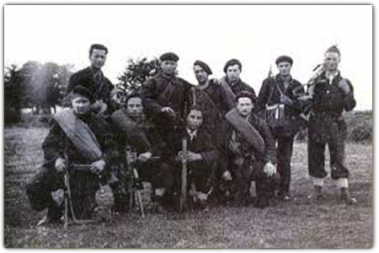The Maquis Trail (Quesada)
Singular places
, Quesada
In 2007 the Quesada authorities developed 11 hiking routes designed to teach hikers about the freedom fighters known as los maquis and their activities in the Cazorla and Segura mountains. The routes incorporate old pathways, caves, natural refuges and farmhouses used by the maquis and aim to bring to light one of the more recent chapters in Spanish history.
The extent to which Jaén, which remained under republican control until the 28th of March 1939 (in other words, almost until the end of the war), was affected by the Civil War varied across the province. Many municipalities had established agricultural collectives and other initiatives that were brought to an abrupt end after the war ended. As had happened during the French invasion, however, these mountains facilitated the activities of armed resistance groups, which were known as the maquis. These fighters were continually helped by a number of their friends and relatives, who ran the constant risk of suffering reprisals if they were found to be collaborating with the guerrillas.
In the Segura mountains, a guerilla named Sixto García Espinosa, known as “the Man from Marchena”, came to prominence as the leader of a group of resistance fighters that struggled against the Fascist forces right up until 1950. They were based in caves close to the village of Marchena, near Santiago de la Espada, and included amongst their number José Antonio Fernandez, from the village of Miller; Juan Sáez, who was the mayor of the neighbouring village of Nerpio; and Manuel Romero, the secretary of the same administration. All of them were ultimately killed or captured by the Civil Guard.
Another of the guerillas was an individual known as “Pablo from Montril”, although his real name was Manuel Pérez Rubiño, and he was active up until 1952 in the districts of Cazorla, Quesada and Pozo Alcón. Other names that have lived on in collective memory are those of “Fernandillo” and “Rojo Terrinches”, whose stories have now come to light thanks to recent historical investigations and the attempt to recover memories of the period that immediately followed the Civil War.




